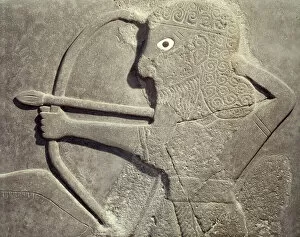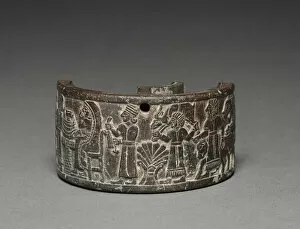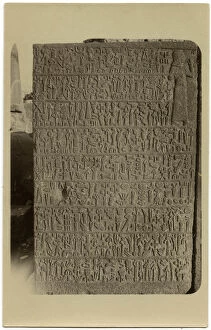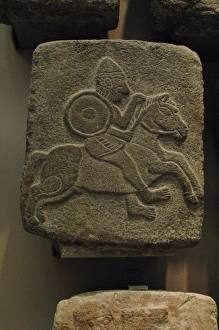Neo Hittite Collection
"Unveiling the Marvels of Neo-Hittite Art: A Glimpse into Ancient Splendor" Step back in time and immerse yourself in the captivating world of Neo-Hittite art
All Professionally Made to Order for Quick Shipping
"Unveiling the Marvels of Neo-Hittite Art: A Glimpse into Ancient Splendor" Step back in time and immerse yourself in the captivating world of Neo-Hittite art. This remarkable civilization, flourishing during the 9th century BC, left behind a treasure trove of artistic masterpieces that continue to astound us today. One such masterpiece is a relief depicting a war chariot, carved meticulously on an orthostat made from basalt. The intricate details showcase the skill and craftsmanship of these ancient artisans, transporting us to an era where chariots ruled the battlefield. Another awe-inspiring piece is a relief portraying a hunter from Tell-Halaf, Syria. Carved delicately on basalt, this detail captures the intensity and precision required for successful hunting expeditions. It serves as a testament to their deep connection with nature and their reliance on it for survival. Gilgamesh, one of history's most legendary figures, takes center stage in another breathtaking relief. Positioned between two bull-men supporting a winged sun disk, this depiction symbolizes power and divine protection - elements closely associated with Gilgamesh's mythical status. The banquet pyxis crafted from steatite transports us into lavish feasts held during this period. Intricately designed with exquisite detailing, it showcases their love for opulence and celebration – providing insight into their social customs and rituals. A touching portrayal reveals Queen or wet nurse carrying Tuwarsais - youngest son of King Araras - at Carchemish. This tender moment immortalized in stone reflects familial bonds cherished by these ancient people. Neo-Hittites' fascination with animals shines through various artworks like the stone lion sculpture – representing strength and guardianship – while terracotta figurines depict horsemen galloping through time immemorial. Hieroglyphic inscriptions etched onto stones offer glimpses into their written language and communication systems.















